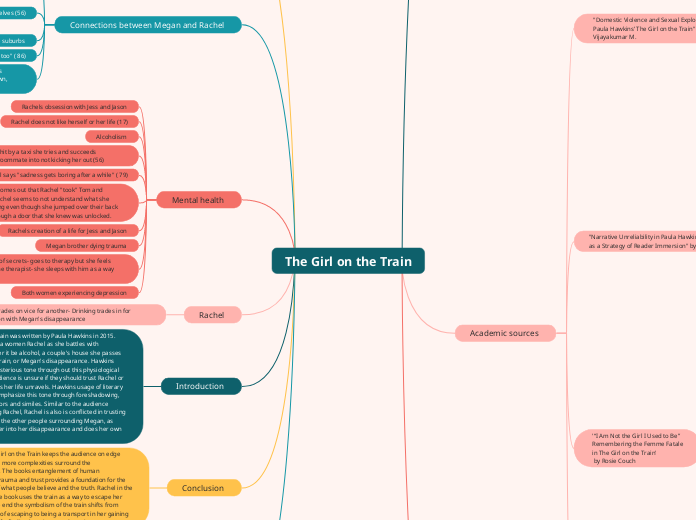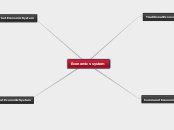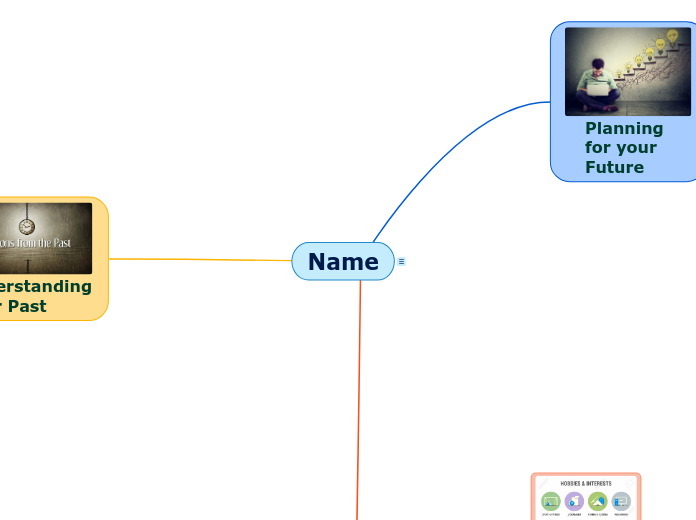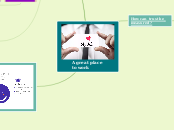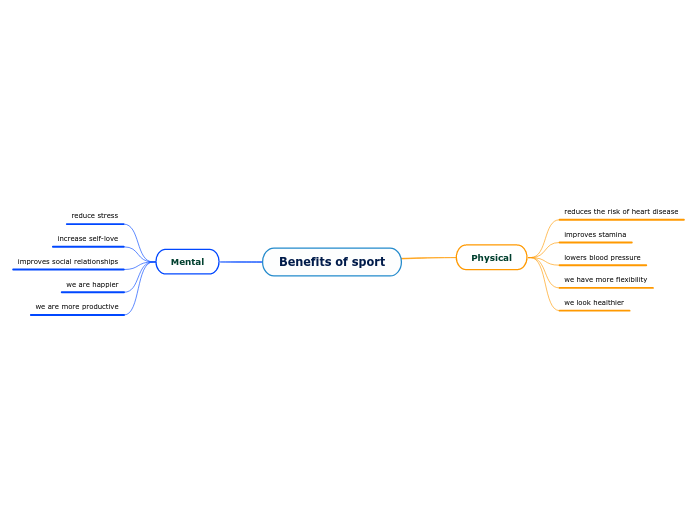The Girl on the Train
Background
Paula Hawkins was born in 1972 in Harare, Zimbabwe. In 2017 she sold 2.2 million books and her net worth is said to be around 13 million dollars. Hawkins worked as a journalist for fifteen years before writing her own book. Her first book was a Romcom titled Confessions of a Reluctant Recessionista, Hawkins wrote this book under the name Amy Silver. After writing 13 romance novels that weren't selling Hawkins decided to try a genre causing her to start creating mystery, physiological thrillres. During her writing of The Girl on the Train she decided to make one of the main characters, Rachel to be more unconventional then her other characters that were present in her Amy Silver romantic comedies. From a young age Hawkins knew she did not want kids causing her to make Rachel infertile. Many readers of The Girl on the Train find Rachel to be an annoying, bad person although Hawkins disagrees with these remarks and roots for Rachel because her life was taken advantage of from Tom, through his cheatign and abuse, alluding how it would make any person turn to alcohol and act irrational at times.
Conclusion
Hawkins, The Girl on the Train keeps the audience on edge until the end as more complexities surround the disappearance. The books entanglement of human relationships, trauma and trust provides a foundation for the blurred lines of what people believe and the truth. Rachel in the beginning of the book uses the train as a way to escape her thoughts, in the end the symbolism of the train shifts from being a means of escaping to being a transport in her gaining control of her life, finding happiness and starting over.
Introduction
The Girl on the Train was written by Paula Hawkins in 2015. The book follows a women Rachel as she battles with obsession whether it be alcohol, a couple's house she passes each day on the train, or Megan's disappearance. Hawkins implements a mysterious tone through out this physiological thriller, as the audience is unsure if they should trust Rachel or feel bad for her as her life unravels. Hawkins usage of literary devices further emphasize this tone through foreshadowing, imagery, metaphors and similes. Similar to the audience unsure of trusting Rachel, Rachel is also is conflicted in trusting herself, Tom, and the other people surrounding Megan, as Rachel digs deeper into her disappearance and does her own investigating.
Rachel
Rachel trades on vice for another- Drinking trades in for obsession with Megan's disappearance
Mental health
Both women experiencing depression
Megan having a lot of secrets- goes to therapy but she feels like she cant trust the therapist- she sleeps with him as a way to coupe (i think)
Megan brother dying trauma
Rachels creation of a life for Jess and Jason
In police station in comes out that Rachel "took" Tom and Anna's baby- but Rachel seems to not understand what she was doing was wrong even though she jumped over their back fence and went through a door that she knew was unlocked.
Rachel says "sadness gets boring after a while" ( 79)
When Rachel gets hit by a taxi she tries and succeeds manipulating her roommate into not kicking her out (56)
Alcoholism
Rachel does not like herself or her life (17)
Rachels obsession with Jess and Jason
Connections between Megan and Rachel
Scott and Tom able to calm down their wives- Rachel talks about Tom "He always rang me, he always talked me down, coaxed me home" (126)
Rachel relates to Megan " she's isolated and lonely too" ( 86)
Both failed to find happiness in the suburbs
Megan blames the closing of her gallery on the suburbs (25)
They both find happiness in things not themselves (56)
Megan says she does not want to need a man but needs Scott because he can calm her down. Rachel feels like she needs Tom and without him she cant be happy; Rachel also felt like she needed a baby when with Tom
Megan says " That is the thing I like most about it, having power over someone. That's the intoxicating thing" - both Rachel and Megan have vices that "intoxicates" them
Megan intoxicates herself by cheating on her husband and feeling like her husband will never leave her
Rachel intoxicates herself with obsession and alcohol
Technology
Rachel sends Scott an email (89)
Rachels obsession with Megan and Scott (Jess and Jason) begins on her daily commutes on the train.
Rachel found out Tom was cheating on her through email (29-30)
Rachel finds out Megan is missing through Yahoo news
She also reads that Megan and Scott got into a fight before she went missing.
Themes
Addiction
Rachels abuse of alcohol
Megan's addiction to men and infidelity
her need to feel wanted/ worshiped
Abuse
Men pitting women agaisnt women
Anna and Megan against each other
Tom pits: Anna and Rachel against each other
Tom being Megan's therapist and having an affair
using his knowledge of her trauma as a way to manipulate her.
Rachel is able to see how Tom was controlling and abusive when her memories begin to come back- leading her to uncover that Tom and Megan were having an affair and Tom is the one responsible for Megan's death when Megan threatened to expose their affair.
Academic sources
"The Scars of Old Memories Impact on Human Psyche in Paula Hawkins' The Girl on the Train" By
Anindya Putri Wisnumurti and
Moses Glorino Rumambo Pandin
Putri Wisnumurti, Anindya, and Moses Glorino Rumambo Pandin. “The Scars of Old Memories Impact on Human Psyche in Paula Hawkins’ the Girl on the Train.” Airlangga Development Journal, vol. 6, no. 1, Jan. 2022, pp. 9–17. EBSCOhost, https://doi.org/10.20473/adj.v6i1.36988.
This text dives into how past traumas and experiences can shape a person's values, how they interact with people, and how they act toward themselves. This text also shows these traumas can shape a person's ability or inability to memorize their experiences. Wisnumurti and Pandin announce that Megan is perceived as perfect in Rachel's eyes when she looks at her from the train while creating her own preconceived notions about her. The authors also suggest that Megan could have PTSD through her inability to speak about the past and blow up about situations that do not go her way. Furthermore, the authors share how "the psychoanalysis approach is the best literary theory to be applied in order to understand the character of the story in any kind of literary works" (Wisnumurti and Pandin, 2-3)
'“I Am Not the Girl I Used to Be”
Remembering the Femme Fatale
in The Girl on the Train'
by Rosie Couch
Couch, Rosie. “‘I Am Not the Girl I Used to Be’: Remembering the Femme Fatale in The Girl on the Train.” Clues: A Journal of Detection (McFarland & Company), vol. 39, no. 1, Spring 2021, pp. 24–35. EBSCOhost, search.ebscohost.com/login.aspx?direct=true&db=hsi&AN=153779234&site=eds-live&scope=site.
In this text, author Couch discusses how the word "girl" in the title has its own meaning, different from Hawkins's other books like "Gone Girl." Couch suggests that "The mode of girl found within The Girl on the Train, according to Rose, is overtly sexualized, “pliable,” and “ripe for potential abuse” (Couch, 2). Additionally, Couch announces how "girl" can be belittling or degrading when being used to refer to a woman. This is similar to how calling a man a 'boy' would be considered offensive because boys are seen as immature, while men are seen as strong and brave. The couch includes the idea of "fatal feminity" in this text through Rachel's insecurity and not acting or looking like a stereotypical woman. Thus making Rachel feel as though she is damaged. The parallel between Rachel and Jess (Megan) represents how Rachel believes how women should be. Couch introduces how Hawkins implements oxymoronic when rachel looks at her old house that she once shared with her ex-husband Tom.
"Narrative Unreliability in Paula Hawkins’ The Girl on the Train as a Strategy of Reader Immersion" by Tetiana Grebeniuk
Grebeniuk, Tetiana. “Narrative Unreliability in Paula Hawkins’ The Girl on the Train as a Strategy of Reader Immersion.” American & British Studies Annual, vol. 11, Jan. 2018, pp. 36–48. EBSCOhost, search.ebscohost.com/login.aspx?direct=true&db=ets&AN=134435867&authtype=shib&site=eds-live&scope=site.
Grebeniuk dives into the unreliable narrators in Hawkins's The Girl on the Train. Grebeniuk explores how Rachel can be seen as unreliable through her distorted belief that finding Megan is 'her job', her alcoholism, and her inability to notice when she is acting erratic, like when she takes Anna and Tom's baby while feeling as though she did not do anything wrong even though she lied to the police when explaining this instance. Rachel's ability to make the reader believe one thing just to tell the truth later relates to her unreliable nature. Grebeniuk further explains how it is not only Rachel who is unreliable but also Megan and Anna as they lie throughout the book, just fo the audience to discover the truth later. The diary layout of this book allows the readers to understand that these women are not only lying to the people in their lives but, at many times, lying to themselves.
"Domestic Violence and Sexual Exploitation in
Paula Hawkins’ The Girl on the Train" by Vijay P and Vijayakumar M.
Cite:
P., Vijay, and Vijayakumar M. “Domestic Violence and Sexual Exploitation in Paula Hawkins’ The Girl on the Train.” Theory & Practice in Language Studies (TPLS), vol. 12, no. 2, Feb. 2022, pp. 274–80. EBSCOhost, https://doi.org/10.17507/tpls.1202.08.
Vijay and Vijayakumar explore how women the three-man women in Hawkins's The Girl on the Train are viewed in a patriarchal society. These authors connect Rachel's alcoholism to her inability to have kids, which makes Rachel feel as though she is less of a woman because she does not fit inside of society's standards placed upon women. Anna is placed in a patriarchal society that believes her husband loves her as much as she loves him. Anna is blind to Tom's cheating, which causes her to look weak. Furthermore, Anna embarrasses the fearful women character when Rachel bothers them in hopes that Tom will move the family and protect Anna and Evie. It is not until the end of the book that Anna is seen as strong when she is no longer blinded by Tom; instead, she wants to turn him in for murdering Megan. Megan is seen as being placed in a patriarchal society when she is sexualized for her physical appearance. Megan appears this does not bother her and instead makes her feel powerful over men. However, she contradicts herself when unhappy with her life and feels trapped. When Megan threatens to expose their affair, Tom feels as though his position in society is being taken from him as Megan would then have the power, whereas women are usually seen as powerless. Furthermore, Vijay and Vijayakumar emphasize how Scott beat Rachel in Rachel's home and how Megan was murdered in a home, revealing how women are normally seen as being the housemakers; these women being victims of violence in a house represent how their safe place is taken away from them.
Literary Devices
Repetition
Tom cheating on Rachel and then cheating on Anna
Similar dialogue between Rachel and Megan shows that they have things in common
Metaphor
Rachel was " sober as a judge" ( 52)
Foreshadowing
when Scott tells Rachel that he saw Tom "he asked me if I was all right, whether there was any news" (124)
Anna not trusting Megan with her baby- later makes sense because of Rachel taking the baby.
Rachel gets a bad feeling when retracing her steps through the underpass. She remembers blood and falling ( 62)
Rachel waking up bloody, with dirty finger nails, naked, and a bump on her head (38-40)
Simile
"His pity was almost palpable" (32)
Imagery
Megan "scrapping her hair back" instead of pulling, brushing, etc that would seem more delicate- shows her misery
